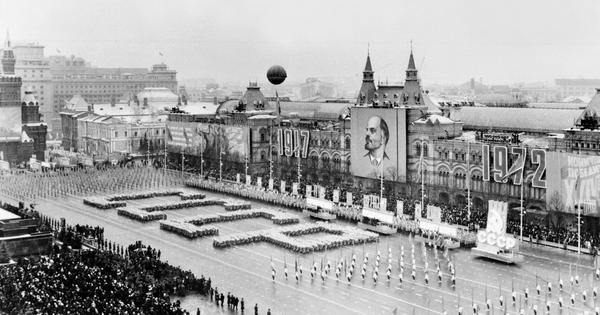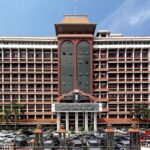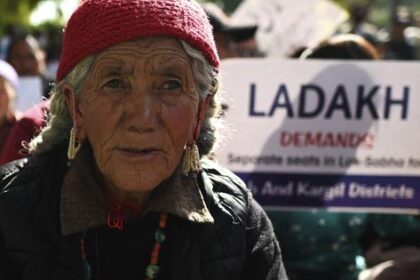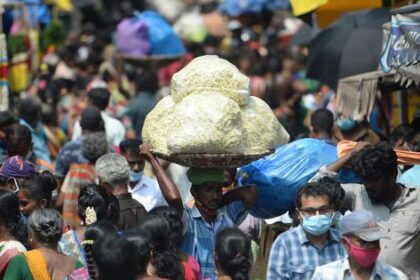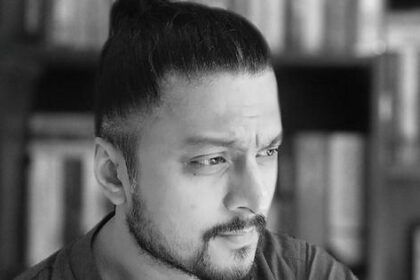Indian students in the USSR navigated love and homesickness amidst cultural challenges and diplomatic ties.
A 1972 diplomatic report highlights the experiences of Indian students in the Soviet Union, where many found love with local citizens despite grappling with homesickness and a lack of familiar spices. This period marked a high point in Indo-Soviet relations, following the signing of a 20-year Treaty of Peace, Friendship, and Cooperation in 1971. This agreement provided crucial support for India during the 1971 war with Pakistan, including diplomatic cover at the United Nations and military assistance from the Soviet Pacific Fleet.
The warm diplomatic ties between the two nations fostered goodwill among the Soviet public, who had a notable appreciation for Hindi cinema. In 1972, Indian missions in the USSR issued 40% more visas than before. However, strict Soviet regulations on foreign travel meant that most of the 3,000-plus visitors to India were affiliated with government programs. During this time, Moscow was home to approximately 150 Indian families, while the student community was significantly larger, with several thousand individuals studying in cities like Leningrad, Kyiv, Volgograd, Odessa, and Tashkent.
Most Indian students were enrolled in long-term engineering or science programs, leading to a sense of isolation due to limited communication options. With phone calls requiring operators and postal services taking months, students often found themselves disconnected from their homeland. This disconnect prompted many to learn Russian and adapt to the local culture, where they were often seen as exotic. The challenges faced by these students were recognized by Indian diplomats, who noted their growing distance from home.
First Secretary JN Saksena documented in his report that the long duration of their studies led some students to form close friendships, particularly with members of the opposite sex, resulting in marriages. Students frequently sought permission from the Indian government to marry Soviet citizens, a requirement enforced by the USSR to ensure they were not already married. Such unions were generally accepted in Soviet society, which emphasized the ideas of brotherhood and friendship among nations.
In addition to students, Indian nationals working for various organizations in the USSR also found companionship with local women. For diplomats, marrying a Soviet citizen meant the spouse would need to accept Indian citizenship. While the Indian embassy in Moscow dealt with various issues, including complaints about domestic staff, it also recognized the homesickness experienced by many Indians. To counter this, the embassy established two clubs to organize cultural events that brought the Indian community together.
The clubs hosted celebrations for Diwali, Holi, New Year’s Eve, Women’s Day, and Children’s Day, which aimed to provide a semblance of home for the Indian diaspora. Events commemorating the birth anniversary of Guru Nanak featured lectures, community meals, and participation from local Sikhs, all organized in a manner reminiscent of Indian traditions. Saksena noted that these gatherings offered significant joy to the Indian students and helped strengthen the ties between the two countries.
Despite these cultural initiatives, life in the USSR presented numerous challenges. Students and expatriates faced difficulties in obtaining essential ingredients like spices and masalas, which are integral to Indian cuisine. Saksena reported that Indians in Moscow repeatedly appealed to the embassy for the establishment of a cooperative store to address this issue, but results were lacking. Additionally, the slow and unreliable postal service led to complaints, particularly from non-diplomatic Indians who felt discriminated against. The embassy also faced complications when Indian citizens arrived without visas, which caused logistical challenges and embarrassment for embassy staff. Overall, the experiences of Indian students and expatriates in the USSR during the 1970s were marked by a blend of cultural adaptation, love, and the longing for home.

